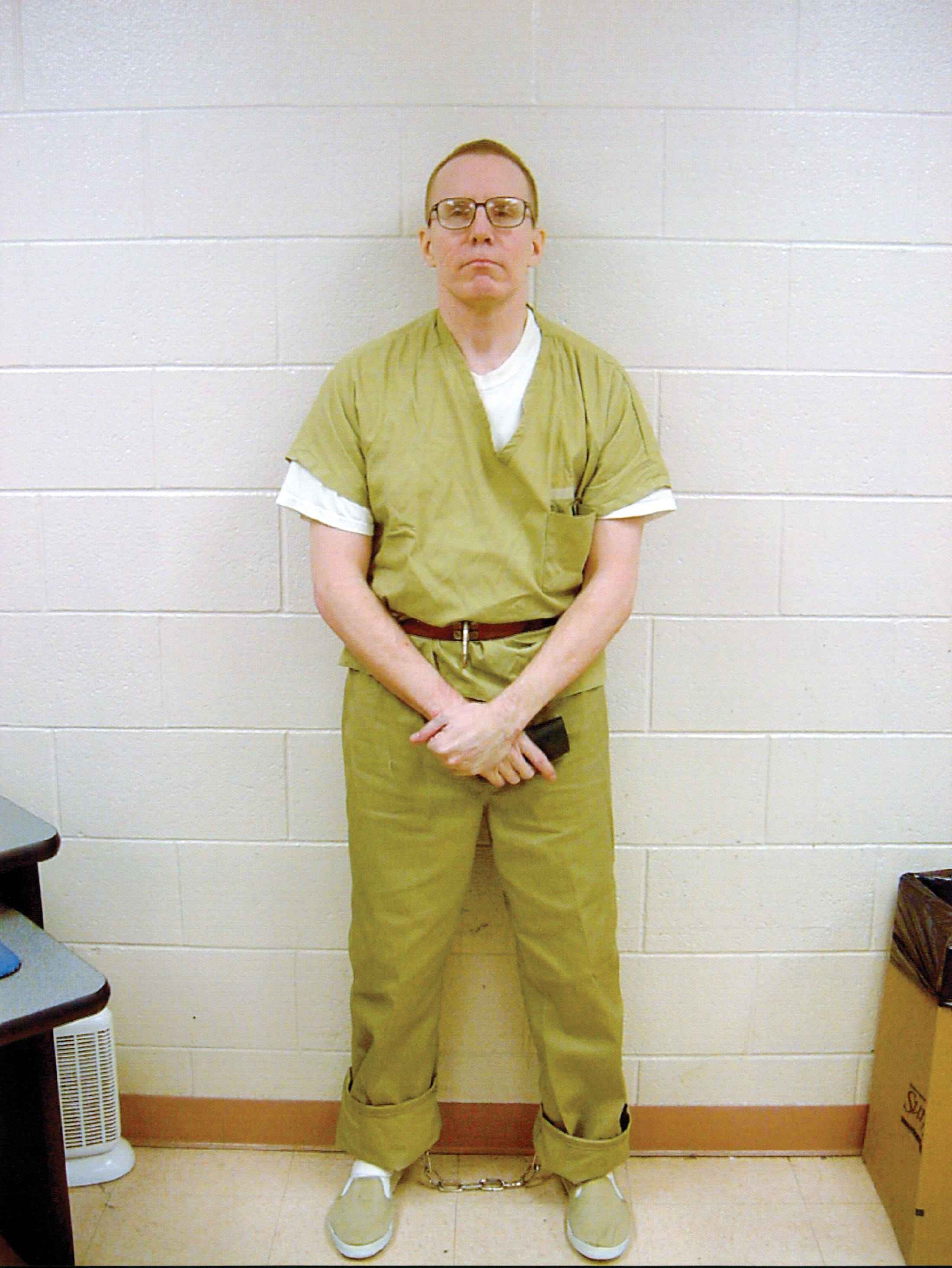Timeline of Serial Killer Michael Swango's Life and Crimes
From Illinois valedictorian to Ohio State neurosurgery internist to convicted murderer, a timeline of serial killer Michael Swango's life and crimes.
 Suzanne Goldsmith
Suzanne Goldsmith
Michael Swango is a convicted serial killer who used his position as a medical student, paramedic and later as a physician to poison colleagues and patients. He's serving three life sentences at the country's only supermax federal penitentiary in Florence, Colorado.
Your Friend, Michael:Police Officer's Daughter Writes to Serial Killer, Hoping for Answers
1954: Born James Michael Swango in Tacoma, Washington
1972: High school valedictorian in Quincy, Illinois
1976: Honorable discharge from the Marines
1979: Graduates summa cum laude from Quincy College.
1983: Graduates from Southern Illinois University School of Medicine, where classmates nickname him “Double-0 Swango” and faculty raise concerns about his performance. Accepted into the neurosurgery program at Ohio State University Medical Center.
February 1984: A nursing student reports that Swango tampered with an IV just before the patient suffers a seizure and respiratory arrest. The patient survives, but nurses suspect Swango in five deaths on the ward. Hospital leaders conduct interviews and dismiss these suspicions.
March 1984: Ohio State recommends Swango for medical licensure. He completes his internship but is not invited to stay on for a neurosurgery residency.

July 1984: Finds work as a paramedic in Quincy. Colleagues fall ill and suspect Swango of poisoning them. Police search his house and find a “mini-laboratory” of poisons, including handwritten recipes for ricin, botulism and supersaturated cyanide.
October 1984: Ohio State University police are joined by the Franklin County prosecutor and the state medical board in investigating Swango’s time at Ohio State. Despite suspicious stories, there is no hard evidence. No charges are brought.
February 1985: Ohio State law school dean James Meeks investigates the university’s handling of Swango during his internship. In a sharply worded report, Meeks concludes the hospital’s inquiry was “far too superficial.”
August 1985: Convicted in the nonfatal Illinois poisonings. He serves two years of a five-year sentence.
August 1987: Released from prison.
March 1992: Secures a residency at a university hospital in Sioux Falls, South Dakota, using forged documents.
1993: Several healthy patients die. Swango’s past becomes known. He is fired. Again using forgeries, Swango is hired as a psychiatry resident at State University of New York at Stony Brook. He is assigned to a Veterans Administration hospital. His past, again, comes out, and Swango is fired.
1994: Federal investigators obtain a warrant for Swango’s arrest on fraud charges, but he flees to Zimbabwe, where he gets a job at a hospital in Mnene. Again, patients die mysteriously. Swango is arrested and charged, but goes into hiding.
June 1997: Swango is hired by a hospital in Saudi Arabia. Returning to the U.S. to obtain a visa, he is arrested in a Chicago airport on federal fraud charges. He pleads guilty and is sentenced to 3 years in prison.
July 2000: Days before Swango is to be released, federal investigators charge him in the 1993 deaths of three of his VA hospital patients whose exhumed remains have been found to contain poisons.

Sept. 2000: Swango pleads guilty to the three New York slayings and is sentenced to three life sentences without parole.
Oct. 2000: Swango pleads guilty in Columbus to the 1984 slaying of 19-year-old Cynthia McGee, a Dublin native who died at University Hospital while recovering from an automobile accident.
Sources: Media reports; Meeks report; “Blind Eye,” by James B. Stewart
This story is from the April 2022 issue of Columbus Monthly.